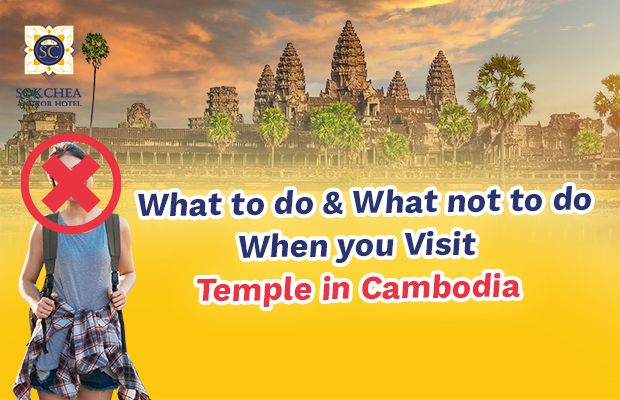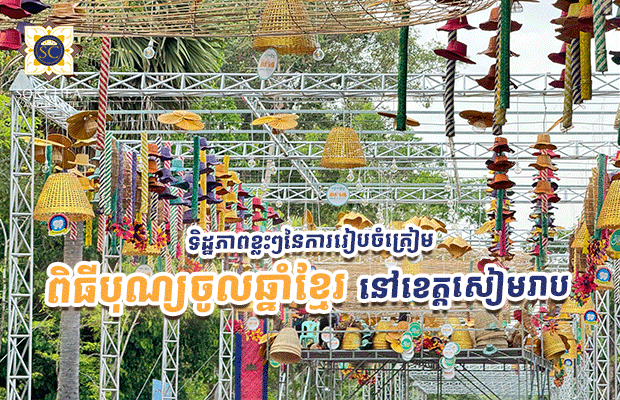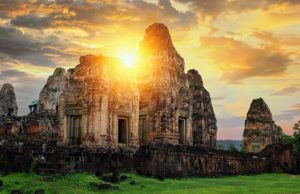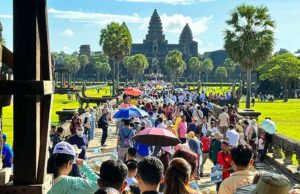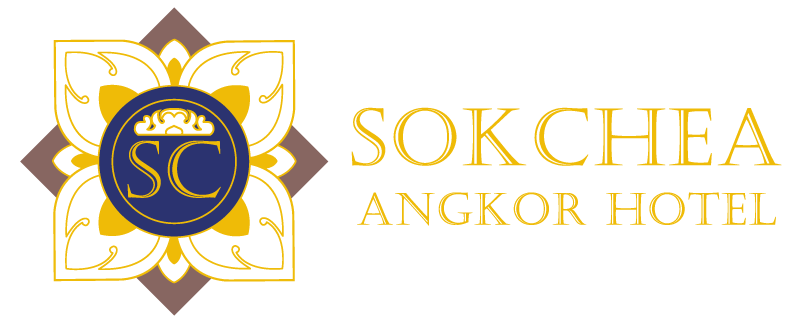Angkor Wildlife & Aquarium is located approximately 26 km east of Siem Reap city center along National Road 6, near the village of Damdaek.
Starting from Sokchea Angkor Hotel, which lies in Svay Dangkum on National Road No. 6 in Siem Reap city, the distance to Angkor Wildlife & Aquarium is roughly the same about 25 to 26 km. Travelers report the journey typically takes around 45 minutes by tuk-tuk or car. During peak times, it may take a little longer.
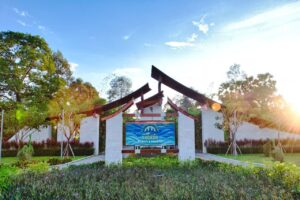
Ticket Prices
– Foreign visitors: ~$18–20 for adults, ~$11 for children
– Residents (including expats with work permits): ~$10 for adults, ~$5–5.50 for children
Hours & Transport
AWA is open from 9 AM to 6 PM, with occasional extended hours.
– tuk-tuk (one way $16) and round trip transfer $20
On-Site Facilities
Inside Angkor Wildlife & Aquarium, visitors enjoy local-price cafés with views of the tiger habitat, picnic areas, a floating market-style food court, a butterfly garden, and a crocodile feeding arena. Indoor sections are climate-controlled, offering comfort during Cambodia’s warmer months.
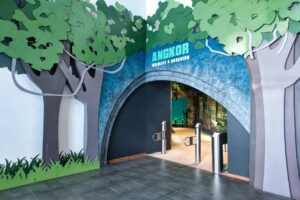

Why Visit and Who Will Love It
For families, students, nature lovers, or travelers looking to go beyond temples, AWA offers a refreshing break. The experience combines learning, relaxation, and conservation in a serene setting that’s often less crowded than major tourist spots.
Pairing a visit to Angkor Wildlife & Aquarium with a nearby temple like Roluos Group makes for an enriching full-day adventure in Siem Reap.

